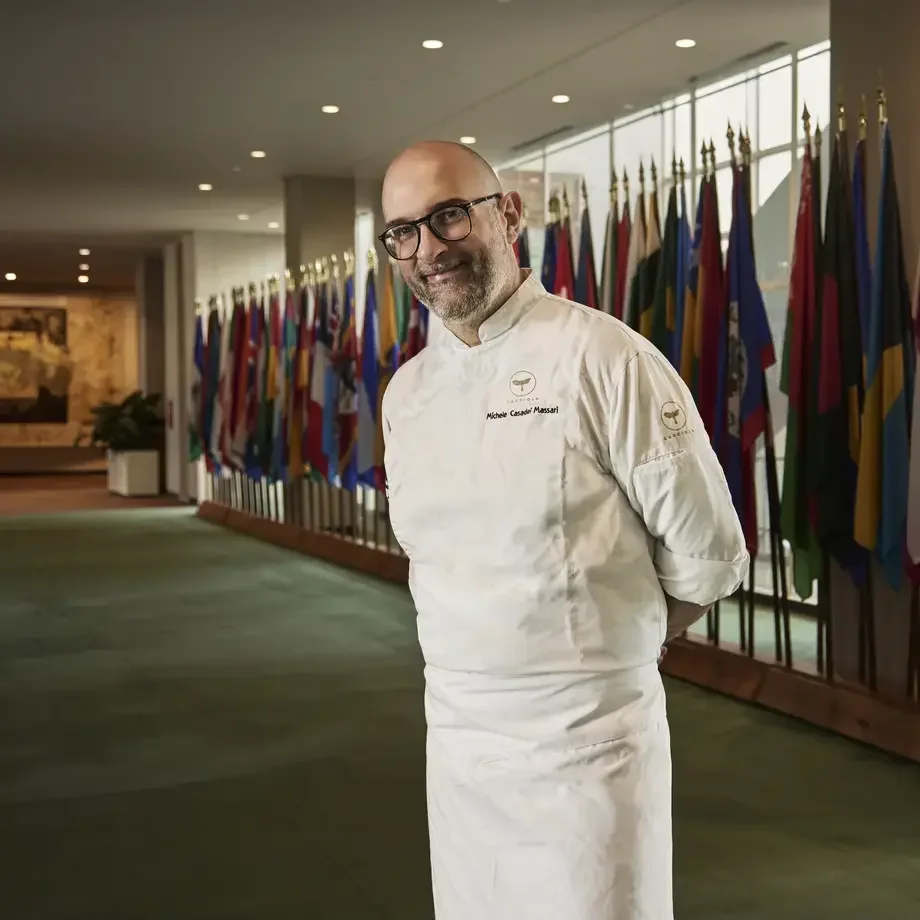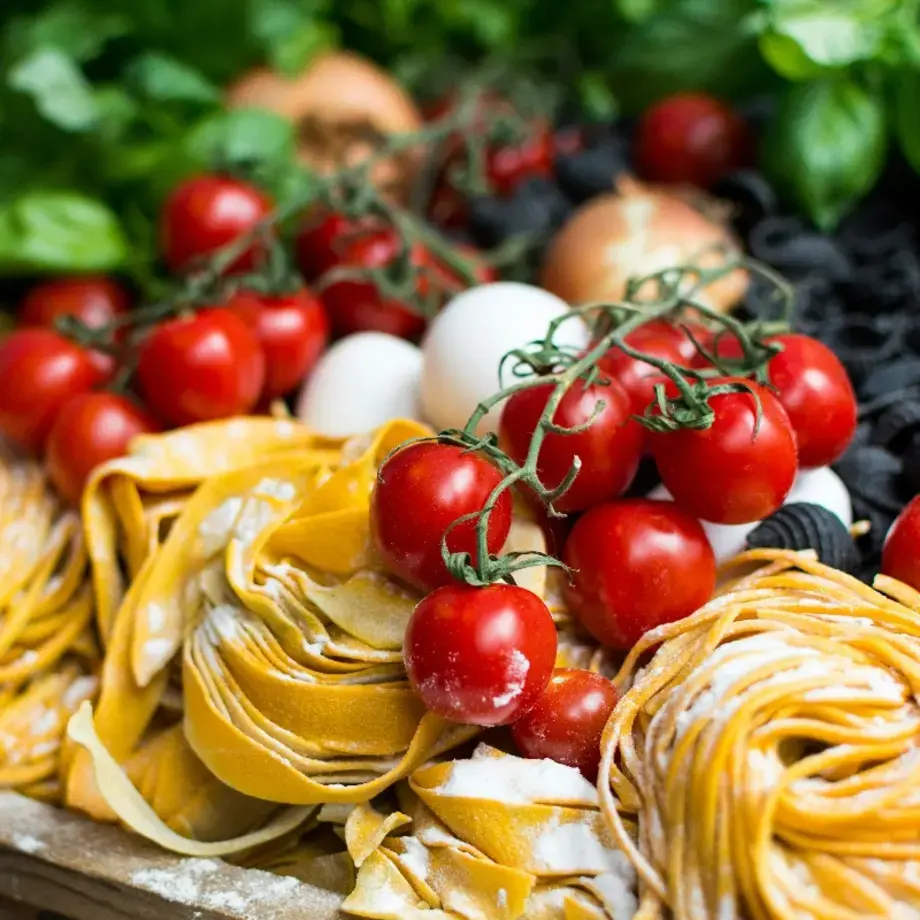Learn all about the history of this culturally significant dish and how it’s traditionally made in our guide to risotto below.
What is Risotto?
Risotto, in its most basic form, is a creamy rice-based dish that's made using a mixture of broth and short-grain rice varieties like Italian arborio or carnaroli. It’s a dish that hails from Northern Italy, and has been around in one form or another since the Middle Ages. If you’re wondering what risotto is served with, there are lots of different types of risottos available. Seafood risotto is mixed with a selection of scallops, shrimp, clams, and prawns and a vegetarian risotto is commonly found served with fresh asparagus. When in season, pumpkin is also a perfect addition to a risotto, introducing a little sweetness to the dish. For more authentic risotto recipes, try making an ossobuco with Risotto alla Milanese, for a warming winter risotto.
The Origins of Risotto
Rice was introduced to both Italy and Spain by the Arabs in the Middle Ages, and the warm Mediterranean climate meant it was favorable for growing short-grain rice, such as the varieties commonly used in risotto. For a long time, rice was reserved for the wealthy and elite only. But when its export value was realised, its availability spread throughout the country. Whilst the exact origin of the invention of risotto is unclear, a recipe does appear in the cookbook of a 15th-century Milanese chef, detailing rice boiled in broth and mixed with eggs. What can be agreed upon, however, is that it was certainly created in Northern Italy, in the region of Lombardy.
What is Risotto Made of?
As touched on above, risotto is made from short-grain rice like Italian arborio or carnaroli. These types of rice can absorb a vast amount of liquid without becoming mushy and give risotto its signature creamy texture and appearance. They first require softening in a fat, usually butter, and then broth, water, or wine is gradually added allowing the grain to absorb the liquid and take on the smooth texture that risotto is renowned for. As the broth is slowly added, you need to continuously stir the rice to ensure the grains release the starch to reach the desired consistency for the dish. That’s the foundation of how to make risotto. A classic risotto will also contain an onion or shallot that’s been sautéed in butter, dry white wine, and a mixture of vegetables and aromatics. You can make very simple risottos using quality ingredients, like a Parmesan risotto, and enjoy this either as a cheesy, indulgent dish on its own, or use it as a base to build your risotto from.
Risotto in Italian Culture
Risotto is an iconic dish in Italy, with its roots in Northern Italian cuisine. There are rice dishes found in the South, like arancini, but risotto is intertwined with the history of Milan in the North. Risotto alla Milanese is a classic dish in the risotto repertoire that’s made with the usual base, but with the addition of saffron, which provides the dish with its golden color and earthy flavor. Today, gourmet adaptations of this classic recipe are seen in menus throughout the globe, and you can try your hand at one of our favorite elevated versions, Risotto alla Milanese with orange and bone marrow, using this recipe at home.
Further down the line in history, risotto was even imposed upon the country as a national dish by the Fascist regime, with a dedicated rice board established to promote risotto within Italy. Regardless of its political history, it remains a much-cherished dish within Italian culture and continues to be celebrated today as a key staple within the world of Italian cuisine.








